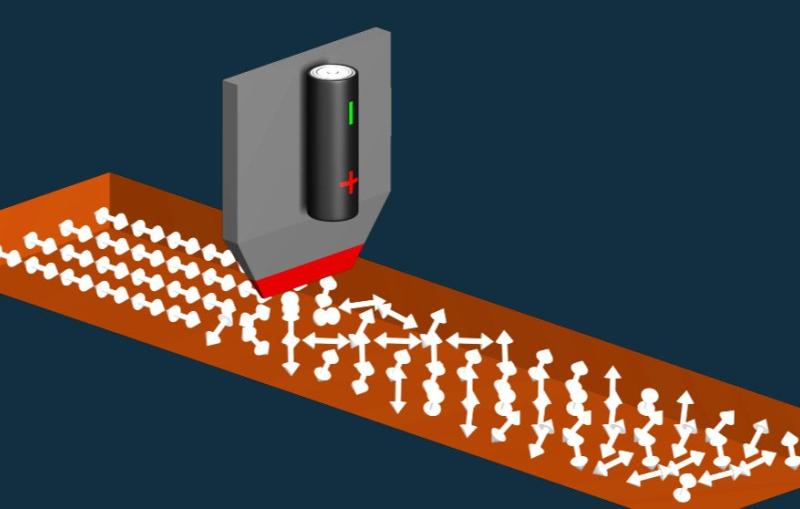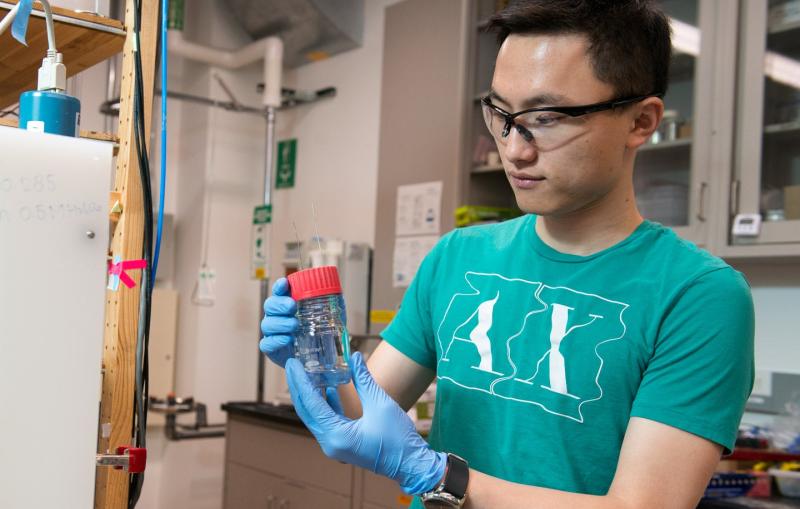

News Feature
VIA Stanford News
For Platinum Catalysts, a Tiny Squeeze Gives a Big Boost in Performance



The latest news about SLAC research, science programs, facilities and people.
More on our News Center and Media Resources pages




